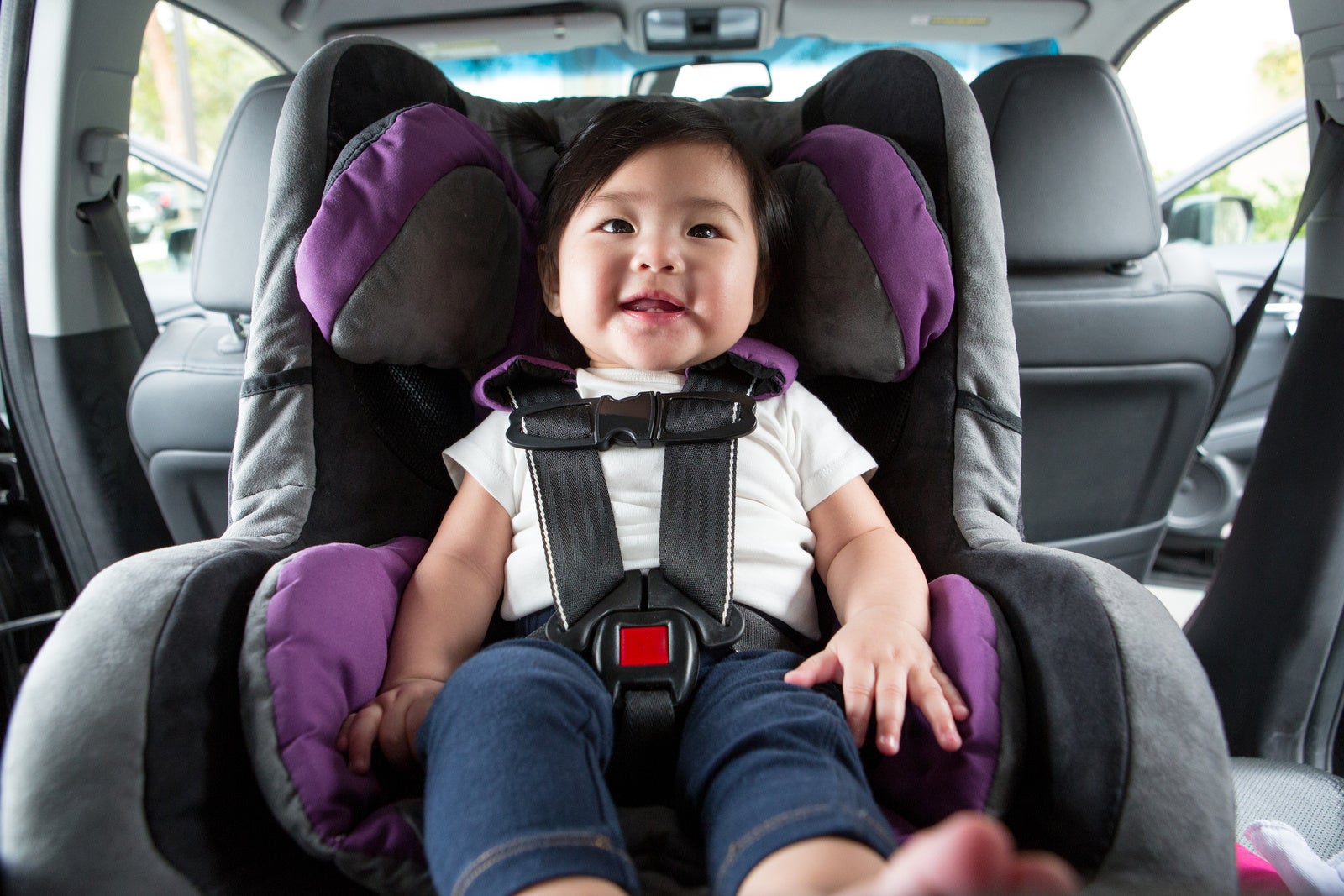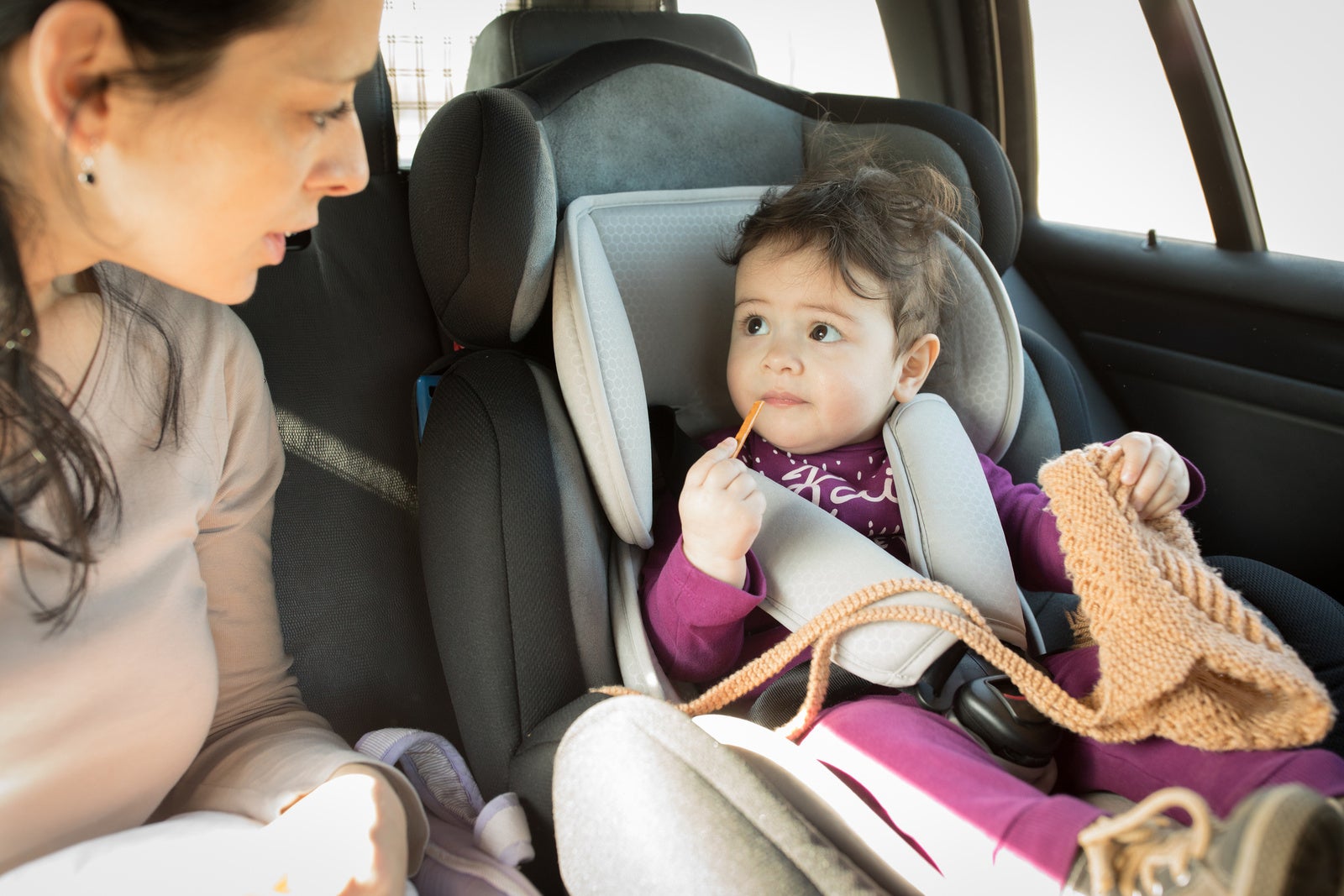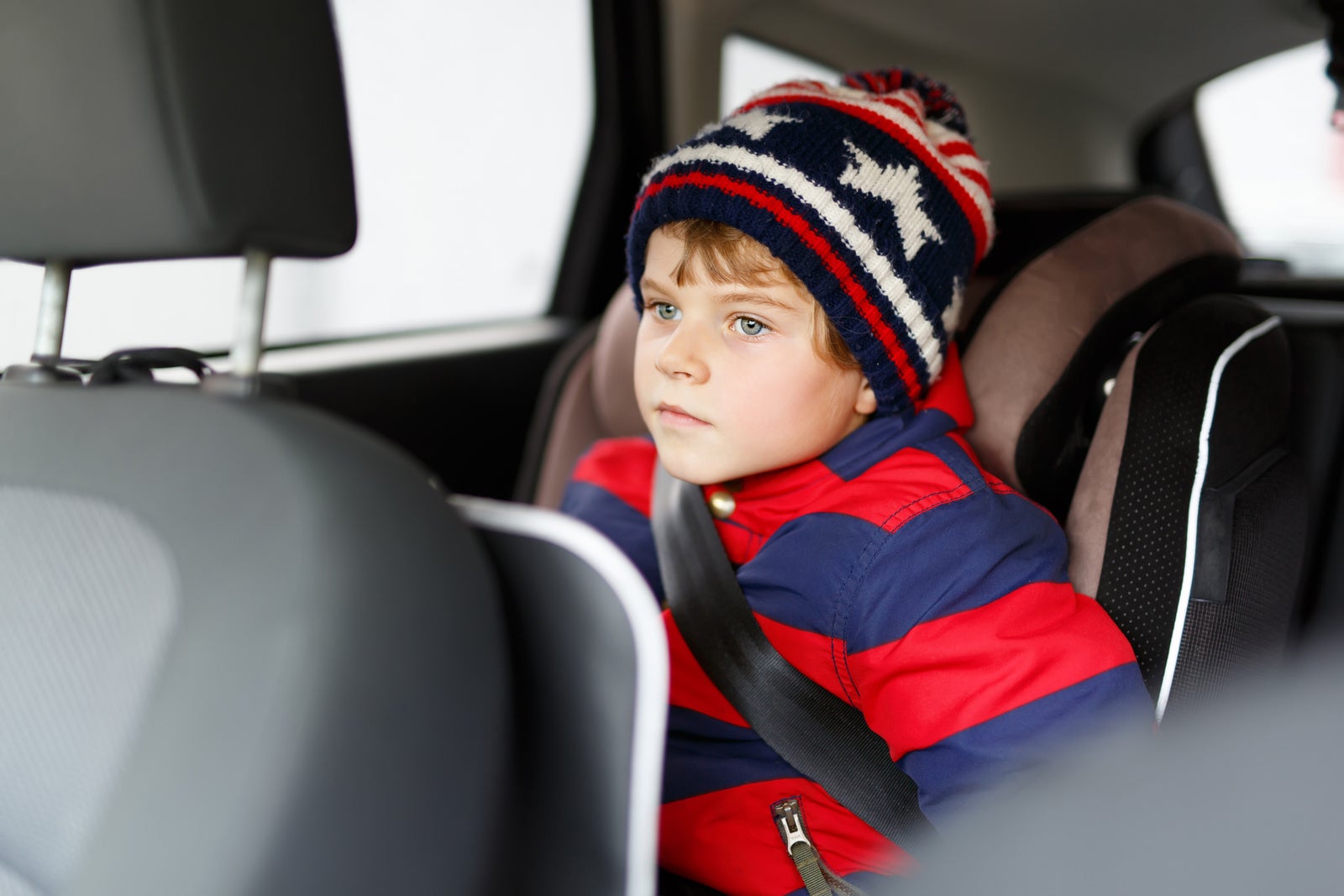Whether you’re expecting your first, or are a few years down the line and getting ready to send them off to school, you’ll want to be confident your kids are always as safe as possible. And of course, that includes when they're in the car.
A large part of this comes down to ensuring the baby or child car seat you choose is fitted in accordance with its maker’s instructions, but you’ll also need to know what type of seat to buy in the first place. This is not just for peace of mind, either, because choosing the correct child car seat, appropriate for the weight and height of the child, is a legal requirement.
MORE FAMILY CAR GUIDES
- Best Family Cars: Top Choices as Your Kids Grow Up
- Why the Audi A3 Sportback is the UK's Best Used Family Car
- Top Tips for Driving with Children
It is also important to know that a child restraint will do its job in the event of a crash, which is why it is one of those items it’s better to buy new, rather than secondhand with an unknown past.
The Basics

By law, children must use a car seat until they are at least 12 years old or taller than 135cm (whichever comes first). In addition, the seat itself must meet EU car seat safety standards, indicated by a circled ‘E’ marking on the label.
You should avoid putting baby and child seats in the front seat of a car, because children will be better protected in the rear seats. But if you do need to take a rear-facing child seat in the front of a car, it is vital to switch off the passenger airbag. For a forward-facing child seat, you should set the passenger seat as far back as possible to minimise the chances of an front airbag injuring the child. Additionally, baby and child seats cannot be used on side-facing seats (such as you might find in an old Land Rover Defender).
Government regulations set out two main types of car seat. In the first, the child’s weight determines which seat is appropriate, while in the second, known as i-Size, the child’s height is the determining factor. Isofix is standard fitment on the latter and almost always features on the former as well.
What Is Isofix?
Isofix is a system that allows you to easily fit a child seat without using the car’s adult seatbelt. It is standard in all new cars and involves attaching clips on the child seat (or separate base unit in the case of a baby seat) to mounting anchor points built into the car’s chassis. You’ll find these where your car’s seat base meets the backrest.
In addition to these mounting points, an Isofix seat needs either a support leg or a top tether to prevent the seat tipping forwards in the event of a crash.
In an ideal world, all Isofix seats would fit all cars with Isofix mounting points. However, that is sadly not the case, so when choosing your car seat, you’ll also need to check the manufacturer’s website to ensure it is recommended for use with your car.
Weight-Based Seats

Categorised officially as R44/04, weight-based car seats are divided into five groups. Most include Isofix fixing points, and a child can be secured by a car's seatbelt, a harness, or a safety shield (a segment of the seat that slots across his or her lap and is then secured by the seatbelt).
R44/04 regulations state that younger children should be rear-facing until they weigh 9kg, but can then face forward. However, safety groups argue that a young child’s developing neck muscles are not strong enough to handle facing forward at this stage. Instead they recommend keeping a child in a rear-facing seat until he or she weighs at least 13kg or is 15 months old. You can also buy what are known as Extended Rear Facing seats, which allow your child to remain rear facing until the age of 4, although they do tend to take up a lot of space.
Below are the five groups of weight-based seats and their intended uses. Note that you can generally choose from more than one group for any given weight.
- Group 0: A lie-flat or rear-facing baby carrier or seat for children weighing 0-10kg
- Group 0+: A rear-facing baby seat or carrier for children weighing 0-13kg
- Group 1: A rear-facing or forward-facing baby car seat for children weighing 9-18kg
- Group 2: A rear-facing or forward-facing child car seat for children weighing 15-25kg
- Group 3: A rear-facing or forward-facing child car seat for children weighing 22-36kg
Height-Based Seats (i-Size)
R129, more commonly known as i-Size, was introduced in 2013 to address the fact that not all weight-based car seats are compatible with all cars. i-Size seats will at some stage become the industry standard, and its creators say that basing car-seat choice on height rather than weight is a better way to ensure the correct fit for all children.
i-Size car seats are also said to provide increased protection in the event of a crash, both in improved side protection and by keeping kids rear facing for longer, namely for at least the first 15 months. It also uses a five-point harness in lieu of a seatbelt or safety shield system and requires Isofix to be included.
What About Booster Seats?

As of 2017, traditional sideless or backless booster seats can be sold as EU approved only in the group 3 category of weight-based seats, for older children. If you own an older group 2 booster cushion, it is still legal to use it, although it is worth noting there have been several high-profile campaigns demonstrating how much better protected a child is in a high-backed booster seat, particularly in the event of a side impact.
Fitting
Once you have chosen your seat, it’s important to fit it correctly. Common mistakes include incorrectly adjusted harnesses or headrests, not positioning the carry handle for it to do its job as part of a baby seat’s structures, resting an Isofix system’s support leg on the lid of an underfloor storage compartment that isn’t designed to withstand its force, and not lifting the car’s headrest out of the way.
It’s important to read the manufacturer's instruction manual, and if you’re still not sure, ask a trained expert from a respected child-seat retailer to help.

